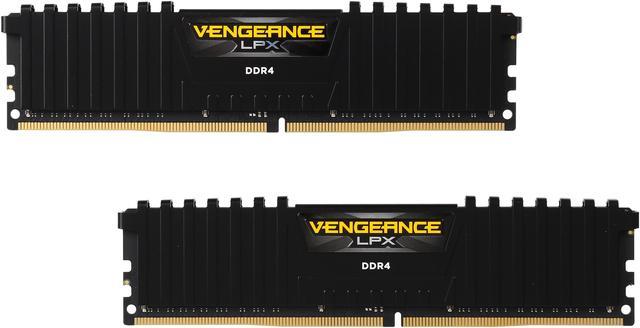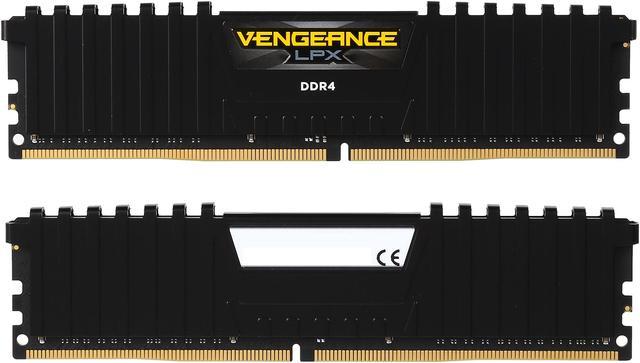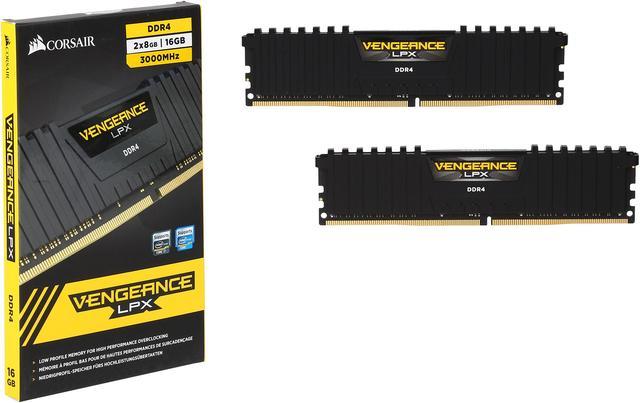Designed for high-performance overclocking on Intel X99 and 100 Series motherboardsVengeance LPX memory is designed for high-performance overclocking. The heatspreader is made of pure aluminum for faster heat dissipation, and the eight-layer PCB helps manage heat and provides superior overclocking headroom. Each IC is individually screened for performance potential.The DDR4 form factor is optimized for the latest Intel X99 and 100 Series motherboards and offers higher frequencies, greater bandwidth, and lower power consumption than DDR3 modules. Vengeance LPX DDR4 modules are compatibility-tested across X99 and 100 Series motherboards for reliably fast performance. There's XMP 2.0 support for trouble-free automatic overclocking. And, they're available in multiple colors to match your motherboard, your components, or just your style. 16 GB bar will run multiple applications together and enhance your computer's performanceDDR4 SDRAM interface synchronizes electrical and clock signals for an efficient data transfer rateNo matter how heavy and numerous the applications that you are using, 3000 MHz memory speed with Unbuffered signal and CL15 latency will run them smoothly CAS LatencyCL15Form FactorDIMMMemory Size16 GBMemory Speed3000 MHzProduct LineVengeance LPXProduct NameVengeance LPX 16GB (2x8GB) DDR4 DRAM 3000MHz C15 Memory Kit - BlackProduct TypeRAM ModuleError CheckingNon-ECCMemory Voltage1.35 VNumber of Pins288-pinMemory StandardDDR4-3000/PC4-24000Memory TechnologyDDR4 SDRAMNumber of Modules2 x 8 GBSignal ProcessingUnbufferedManufacturer Part NumberCMK16GX4M2B3000C15


